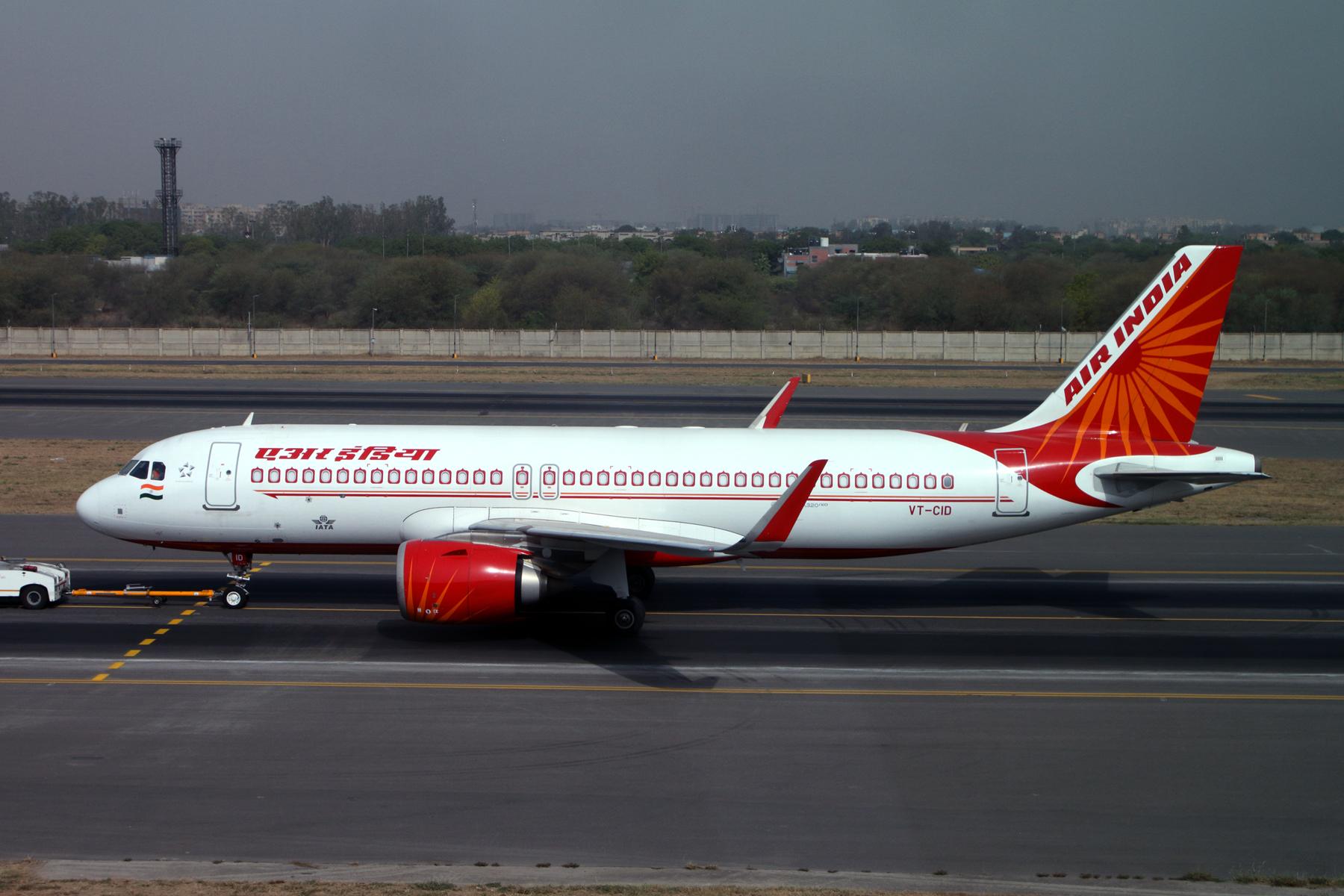
A handful of Asia-Pacific governments are taking tentative—yet significant—steps to resume international travel with certain countries.
While substantial restrictions still limit their effectiveness, these efforts could point to how and where broader travel bubbles could be achieved.
The most recent moves are by Singapore, which has reduced or even removed quarantine requirements for select Asia-Pacific countries and set up a bilateral corridor with Malaysia. India has also been active lately, as it establishes corridors to multiple markets as part of its massive effort to allow Indians overseas to return.
These developments follow earlier initiatives in the region. The first such agreements allowed limited essential travel between China and South Korea beginning in May, and between China and Singapore in June.
Since then there has been little progress, however. While many Asia-Pacific governments stress they are in discussions with other countries regarding travel corridors, few have resulted in actual agreements. A second wave of coronavirus cases in many parts of the region has helped cool enthusiasm toward opening borders.
It is understandable that Singapore features so prominently in efforts to resume international travel with some markets. The country relies heavily on its status as a key transport and trade hub, and global border closures have been particularly damaging to Singapore Airlines.
The Singapore government said it will remove the quarantine requirement for travelers from Brunei and New Zealand from Sept. 1, although they still have to undergo a COVID-19 test on arrival and apply for a travel pass in advance. For a further group of countries and territories deemed lower-risk for coronavirus, the quarantine is reduced from 14 to seven days. This covers Australia (aside from the state of Victoria), mainland China, Macau, Malaysia, Taiwan and Vietnam.
However, an important caveat is that these steps are generally not reciprocal in nature. For example, New Zealand border agencies say they are not easing their own stringent entry and quarantine restrictions following Singapore’s move, and other countries are also not adjusting their settings. This drastically reduces the number of travelers that would take advantage of Singapore’s relaxed quarantine rules.
Despite this, airline industry groups are praising the initiative. Singapore’s moves are a “very important step in the right direction,” said Subhas Menon, director general of the Association of Asia Pacific Airlines. “Adopting a testing regime without onerous quarantine requirements sets a standard worth emulating in facilitating air travel and economic recovery in the region,” he said. IATA also welcomed Singapore’s latest steps.
In contrast, a separate initiative launched this month is bilateral rather than unilateral as it is part of a negotiated agreement. This establishes a corridor between Singapore and neighbor Malaysia for essential official travel, and also for those with long-term work in the other country. Workers under this plan can return home for a visit every 90 days.
India is another country that has made significant progress in negotiating travel corridors. These are primarily intended for repatriation flights, with travelers still needing to follow quarantine and entry restrictions from both countries.
Such agreements have been reached between India and France, Germany, the Maldives, Qatar, the United Arab Emirates, the UK and the U.S. India’s aviation minister has said the government is negotiating similar arrangements with 13 other countries.
Flights under these agreements are part of India’s Vande Bharat Mission (VBM), which is intended to bring home Indian nationals stranded by the pandemic. So far more than one million people have returned to India through this program, with nearly 150,000 leaving India to return to other countries. The fifth phase of VBM is underway, and a sixth phase is due to run from Sept. 1 to Oct. 24. Air India has carried the largest share of these passengers, but other Indian carriers are also taking the opportunity to launch international flights under the VBM agreements. Vistara and SpiceJet have even secured temporary slots at London Heathrow Airport.
All of these Asia-Pacific agreements and policies obviously fall far short of the type of unrestricted access for international travelers that airlines need. But under the circumstances, they are an important and necessary interim step towards normality. Early initiatives like these could eventually flourish into broader arrangements, and they could provide roadmaps for other countries as they also look to reestablish international links.





